Philips Plant & Aquarium
Assertagirl
19 years ago
Related Stories

GARDENING GUIDESWhat's Wrong With My Plant? Leaves Often Hold the Clues
Learn how to identify common plant ailments by reading their leaves
Full Story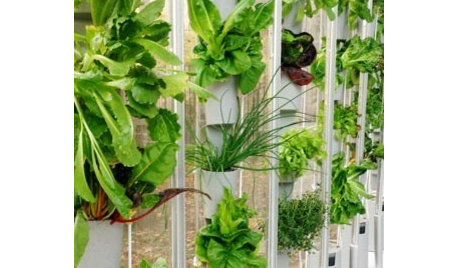
PRODUCT PICKSGuest Picks: High-Tech Plant Helpers
Hydroponics, monitoring systems, even an electric pollinator ... these gadgets and services keep your greenery growing strong
Full Story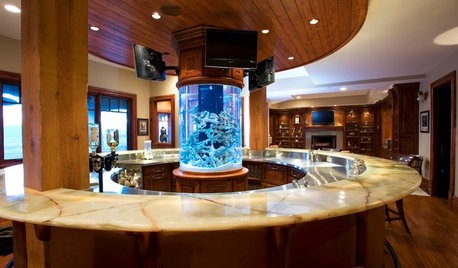
DECORATING GUIDESDesigning Nemo: 30 Fish Tanks Make a Decorative Splash
Bring an otherworldly glow and a calming vibe to your home with the living art of an aquarium
Full Story
HOUSEPLANTSIndoor Winter Gardens for Cheerier Days
Bring plants inside for drab-days mood boosting — not to mention cleaner indoor air and protection for your greenery
Full Story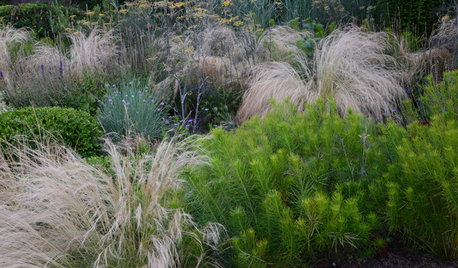
GARDENING GUIDES4 Ways to Break the Rules in Your Garden
For a more creative landscape design, take a different approach to planting
Full Story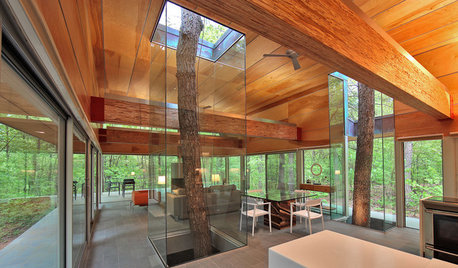
DECORATING GUIDES10 Tree-Hugging Interiors That Work Around Nature
Bursting up through the floor, planted in an indoor patio or potted in any room you choose, trees bring an elegance that's organic
Full Story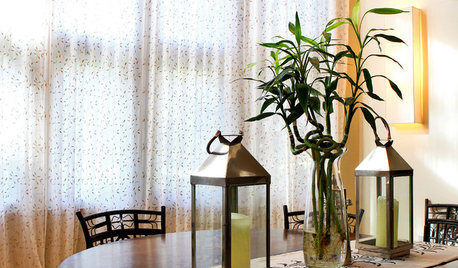
DECORATING GUIDESImprove Your Style Fortune With Lucky Bamboo
Serve this versatile plant straight up or with a twist for auspicious living decor that thrives without soil
Full Story
HOUZZ TOURSMy Houzz: Brooklynites Take Up a Rural 1940s Farmhouse
A city-dwelling family plants new roots in upstate New York, remodeling their digs with cheerful, colorful touches
Full Story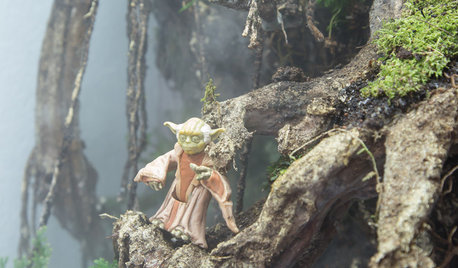
FUN HOUZZThe Force Awakens Under Glass
An Australian terrarium designer places classic ‘Star Wars’ characters in misty miniature landscapes
Full Story
GARDENING FOR BUTTERFLIESBe a Butterfly Savior — Garden for the Monarchs
Keep hope, beauty and kindness alive in the landscape by providing a refuge for these threatened enchanters
Full StoryMore Discussions






orchidsnyc
AssertagirlOriginal Author
Related Professionals
Aberdeen Landscape Contractors · Bedford Heights Landscape Contractors · Bell Gardens Landscape Contractors · Estelle Landscape Contractors · Pahrump Landscape Contractors · Maplewood Landscape Contractors · Ridgewood Fence Contractors · Centereach Fence Contractors · Leesburg Fence Contractors · Parkland Fence Contractors · Santa Clarita Fence Contractors · Torrance Fence Contractors · Wake Forest Fence Contractors · Fort Myers Roofing & Gutters · Staten Island Roofing & Guttersjohn_z
orchidsnyc
john_z
orchidsnyc
Old_Trekee
shrubs_n_bulbs
DanaNY
Old_Trekee
Old_Trekee
shrubs_n_bulbs
Old_Trekee
chrish_jr
dontsleep
npthaskell
shrubs_n_bulbs
shrubs_n_bulbs